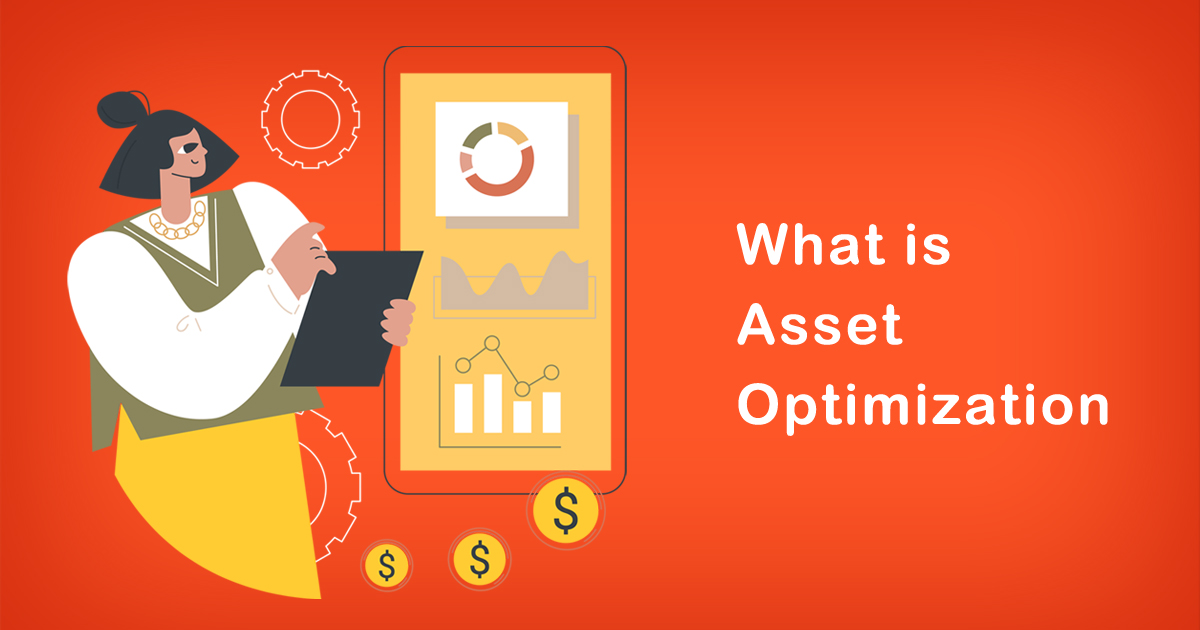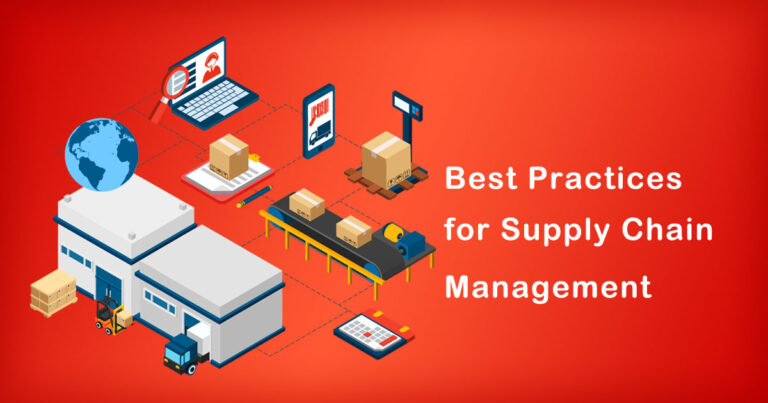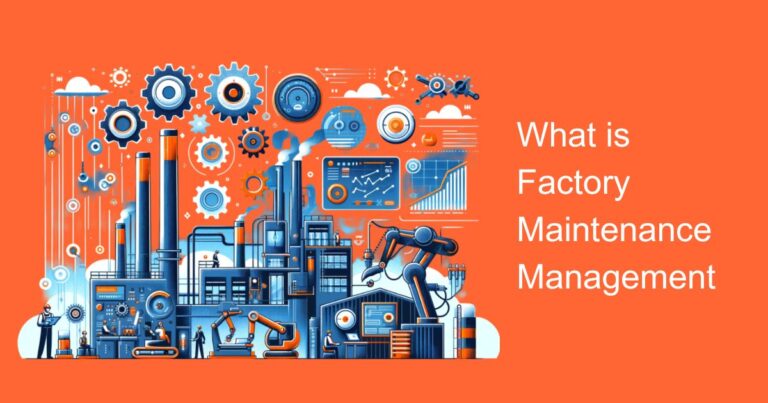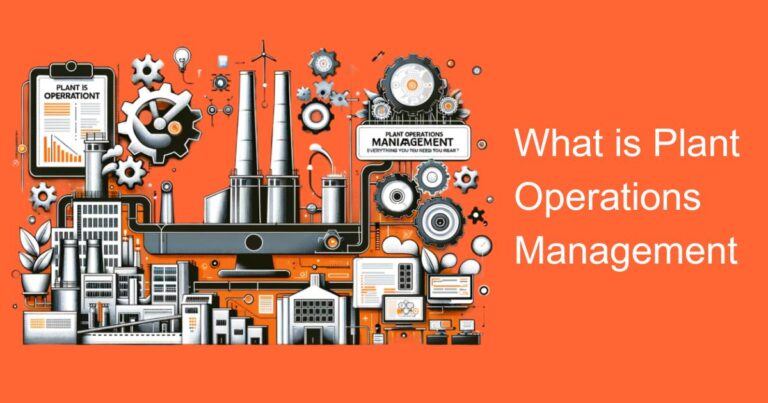Introduction
Asset optimization is a critical aspect of any business strategy. It involves maximizing the performance of an organization’s assets, such as equipment, machinery, and technology, to improve efficiency, reduce costs, and increase profitability. In the Indian context, asset optimization has become increasingly important due to the growing competition in the market and the need to remain competitive.
What is Asset Optimization?
Asset optimization refers to the process of enhancing the performance of an organization’s assets to achieve maximum value from them. It involves utilizing the available resources in the most efficient way possible, minimizing downtime and reducing maintenance costs. Asset optimization can also improve the lifespan of equipment and machinery, reducing the need for replacements and upgrades.
Asset optimization can be achieved through various strategies such as predictive maintenance, data analytics, and continuous improvement. Predictive maintenance involves using data to predict when equipment and machinery require maintenance or repairs. Data analytics involves analyzing data to identify patterns and trends that can help optimize asset performance. Continuous improvement involves making incremental improvements to equipment and machinery over time to enhance performance and reduce costs.
Why is Asset Optimization Important in the Indian Context?
Asset optimization is crucial in the Indian context due to several factors. Firstly, the Indian market is becoming increasingly competitive, and organizations need to remain competitive to survive. Asset optimization can help organizations improve their efficiency, reduce costs, and increase profitability, giving them a competitive advantage.
Secondly, the Indian economy is growing rapidly, and the demand for goods and services is increasing. This growth is putting pressure on organizations to produce more while minimizing costs. Asset optimization can help organizations achieve this by improving the performance of their assets, increasing production capacity, and reducing downtime.
Thirdly, the Indian infrastructure is still developing, and organizations face challenges such as inadequate power supply, inadequate transportation, and poor road conditions. Asset optimization can help organizations overcome these challenges by improving the efficiency of their assets and reducing downtime.
Asset Optimization Case Studies in India
Several organizations in India have implemented asset optimization strategies with impressive results. For example, Tata Steel, one of the largest steel producers in India, implemented a predictive maintenance strategy to reduce downtime and maintenance costs. The strategy involved monitoring the condition of equipment and machinery using sensors and data analytics to predict when maintenance was required. As a result, Tata Steel reduced maintenance costs by 20% and increased equipment availability by 10%.
Another example is the Indian Oil Corporation (IOC), which implemented a real-time monitoring system to optimize its refinery operations. The system involved collecting real-time data from sensors installed throughout the refinery and using data analytics to identify areas where performance could be improved. As a result, IOC reduced energy consumption by 3%, reduced emissions by 30%, and improved the efficiency of its operations.
Conclusion
Asset optimization is a critical aspect of any business strategy in the Indian context. It can help organizations improve their efficiency, reduce costs, and increase profitability, giving them a competitive advantage in the market. With the right strategies in place, organizations can achieve maximum value from their assets, enhance their performance, and improve their bottom line. As demonstrated by the case studies mentioned above, asset optimization can yield impressive results and is a worthwhile investment for any organization looking to remain competitive in the Indian market.








